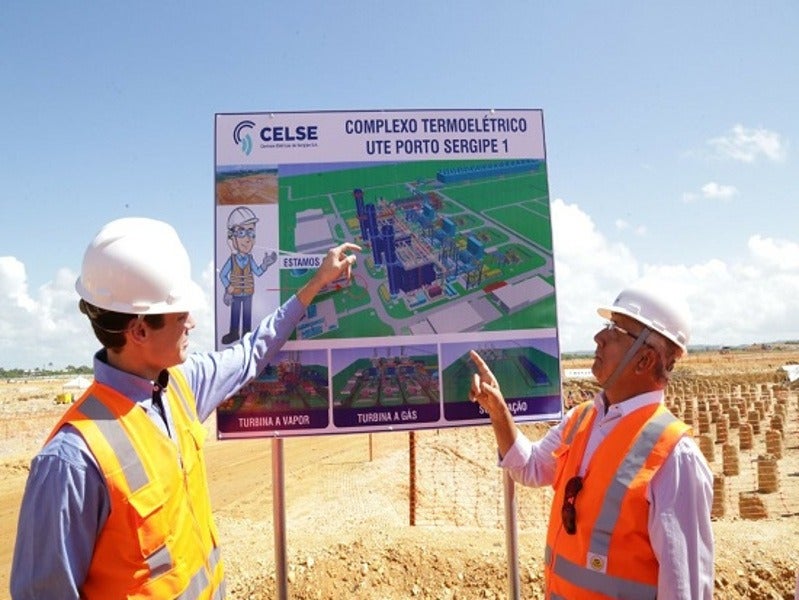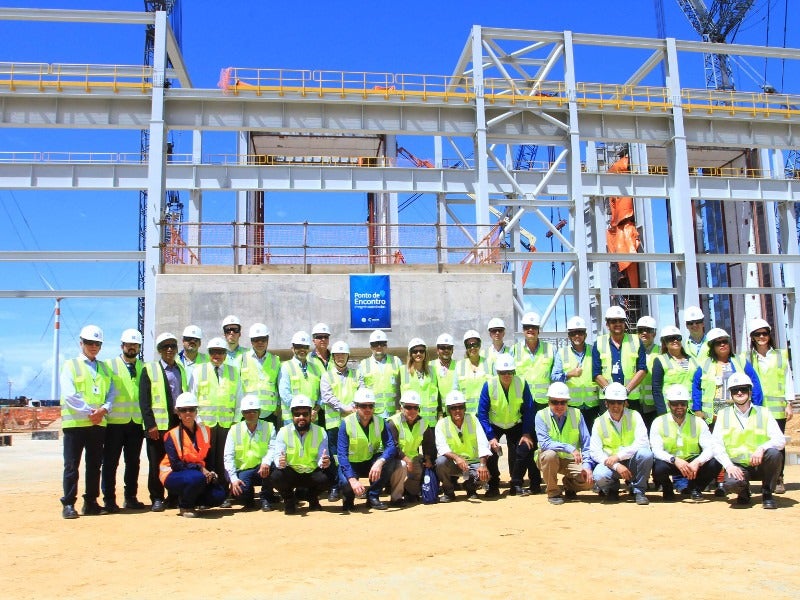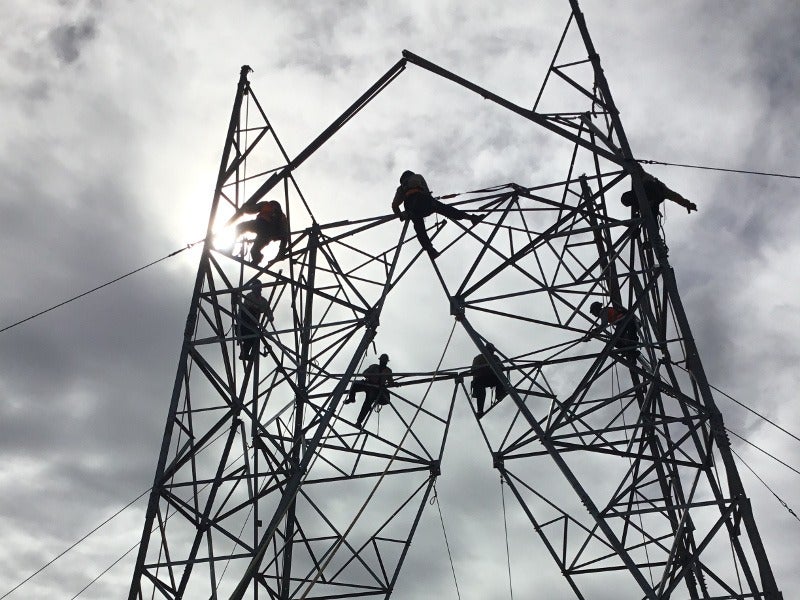Porto de Sergipe power plant is a 1.5GW combined-cycle gas-fired power plant under construction in Barra dos Coqueiros, Brazil. Scheduled to come online in January 2020, it will be the biggest thermal power plant in Brazil by capacity.
Centrais Eletricas de Sergipe (CELSE) is the owner and developer of the power plant. CELSE is a joint venture of Eletricidade do Brasil (EBRASIL) and Golar Power, which is a joint venture of Golar LNG and Stonepeak Infrastructure Partners.
Construction on the $1.4bn project was started following the final investment decision (FID) in October 2016. Financial closure of the project was, however, achieved in April 2018.
The combined-cycle plant is expected to meet 15% of the electricity demand of north-eastern Brazil, over its estimated operational life of 25 years.
The project is expected to generate more than 2,500 jobs during the construction phase.
Porto de Sergipe power plant make-up
The Porto de Sergipe LNG-based power plant is being developed on a 511,622m² (51.16ha) site located approximately 10km away from Aracaju. The combined-cycle power plant will be equipped with three GE 7HA gas turbines, a heat recovery steam generator (HRSG), and a steam turbine also from GE.
The plant is expected to operate with an efficiency of more than 62%.Natural gas will be delivered to the plant through a pipeline from a floating storage and regasification unit (FSRU) to be stationed 6.5km away from the coastline.
The FSRU will have 170,000m³ of LNG storage capacity and 21 million cubic meters a day (Mcmd) of regasification capacity. It will receive LNG by tankers and LNG carriers.
CELSE signed an agreement with Golar Power to charter the Golar Nanook FSRU for 25 years for the power plant in October 2016.
Other infrastructure that will be part of the plant includes a cooling tower, a water treatment plant, and an onsite substation.
Power transmission and off-take
The electricity generated by the Porto de Sergipe power plant will be sent to the National Interconnect System (SIN) through a 33km-long, 500kV transmission line connecting the high-voltage Jardin substation located in Nossa Senhora do Socorro.
The electricity generated by the plant will be sold to 26 different customers under multiple long-term power purchase agreements (PPA) executed through an auction by the Brazilian government in April 2015.
LNG supply
Ocean LNG, a joint venture of Qatar Petroleum (70%) and ExxonMobil (30%), signed a long-term LNG sale and purchase agreement (SPA) with CELSE to supply 1.3Mtpa of LNG for the Porto de Sergipe project in November 2016.
Financing
Goldman Sachs issued a BRL3.2bn ($925m) bond for the project in April 2018, which was backed by the Swiss export credit agency Swiss Export Risk Insurance (SERV).
The project also received an additional BRL1.3bn ($488m) of debt facility, which comprises $288m from the Inter-American Investment Corporation (IIC) and $200m from the International Finance Corporation (IFC).
Contractors involved
General Electric was awarded the engineering, procurement, and construction (EPC) contract for the Porto de Sergipe power plant in October 2016.
The scope of the contract includes supply and installation of three 7HA gas turbines, a steam turbine, a HRSG, as well as the 33km transmission line and the substation.
GE also entered a contractual service agreement (CSA) and a long-term operations and maintenance (O&M) agreement for the project in October 2016.
Sapura Energy was awarded the EPC contract for the gas pipeline of the Porto de Sergipe power project in November 2017. It is also responsible for the transportation and installation of the FSRU mooring system as well as for the FSRU hook-up.
Black & Veatch was appointed as the owner’s engineer for the Porto de Sergipe power plant in November 2016.





